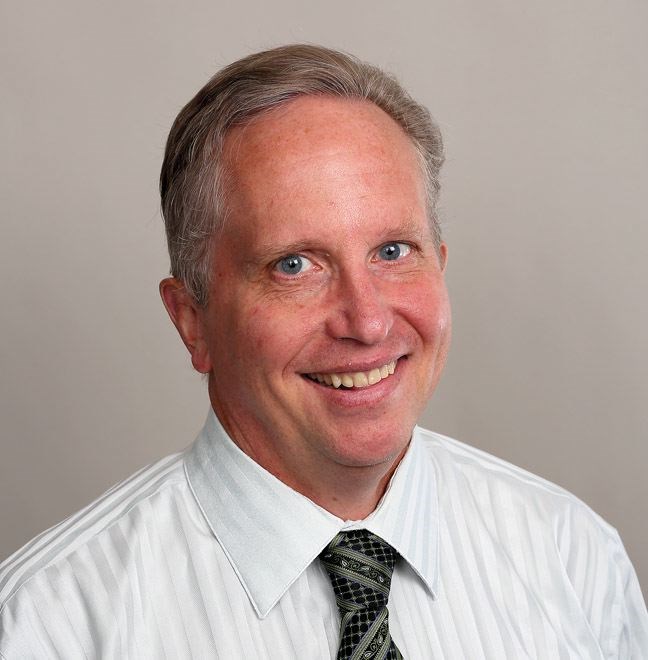The jury had much more than facts and figures to sift through when it sat down to make recommendations to prevent a disaster like the Lakeland Mills explosion from ever happening again.
For 18 days in March and a further three days in May, they sat through often acrimonious proceedings that, more often than not, took on the tenor of a high-stakes trial.
Most of the players, from the presiding coroner to the lawyers to many of the witnesses were well aware of the context in which it was being held.
The families of the two men - Glenn Roche and Alan Little - who died from the injuries they suffered in the April 24, 2012 blast wanted nothing less than a full-blown public inquiry.
While an inquest jury can make recommendations to prevent similar calamities in the future, they cannot find blame, which was a sore point for many.
Opposition MLAs and the United Steelworkers supported the families' position and matters hadn't been helped by the fact that the original plan was to fold the Babine Forest Products explosion in Burns Lake into the Lakeland inquest.
Fortunately, the authorities backed away from that and decided to hold a separate inquest for Babine later in the summer.
And in another wise move, B.C.'s chief coroner Lisa Lapointe decided to preside over the Lakeland inquest, an acknowledgment that this was not going to be any ordinary proceeding.
In that spirit, coroner's counsel John Orr pulled no punches. Also well aware of the context in which the inquest was being held, he was relentless in his lines of questioning.
Indeed, it led to some push back from Lakeland, which issued a statement critical of his tactics.
Lawyers representing other stakeholders - particularly Lakeland and WorkSafeBC - often resorted to hairsplitting in their quests to put their clients in the best possible light.
The legal theatrics did not stop there as USW withdrew its counsel, claiming WorkSafeBC was not being held to account and accusing Lakeland of withholding evidence.
On that note, Lapointe adjourned the inquest for more than a month after learning Lakeland had hired its own investigator to look into what may have caused the blast. As it turned out, not much turned on what was eventually uncovered.
Added to all that was a mass of information jury members had to absorb and tangents they had to follow. Plus there was the emotional strain - one jury member broke down in tears part way through the proceedings.
It was through all this that the jury had to sift. Yet they came up with a sweeping set of 33 recommendations that tackled a broad range of issues.
Several were aimed at strengthening joint health and safety committees, including a call on WorkSafeBC to establish mandatory training and education for committee members.
Testimony surrounding that particular issue was often tedious and dry but the jury paid attention, recognizing how important those committees can be to a safe workplace.
Over 15 days in July, a decidedly less contentious but still important inquest into the Jan. 20, 2012 blast at Babine Forest Products was held in Burns Lake.
Like Lakeland, two men - Carl Charlie and Robert Luggi - died in what also turned out to be a subsonic explosion fueled by the fine dry dust from the beetle-killed pine the mill was processing. And like Lakeland, the jury for Babine produced 33 recommendations.
But the similarities stopped there as many of the recommendations from the Babine inquest were decidedly different in both tone and substance and underscored the wisdom of holding a separate inquest.
The provincial government took note. In October, legislation was introduced in response to those recommendations. Perhaps the most important of those measures is a requirement to report all "near misses" to WorkSafeBC, not just incidents that caused an injury.
It's for these reasons I think the juries for the inquests into the Lakeland and Babine disasters should be named newsmakers of the year.
- Voting has closed for the Prince George newsmaker of the year but the polls are now open to choose the Prince George news story of the year. Go to our website at pgcitizen.ca to vote. The results of both polls will be in the print and online editions of Saturday's Citizen.



.jpg;w=120;h=80;mode=crop)